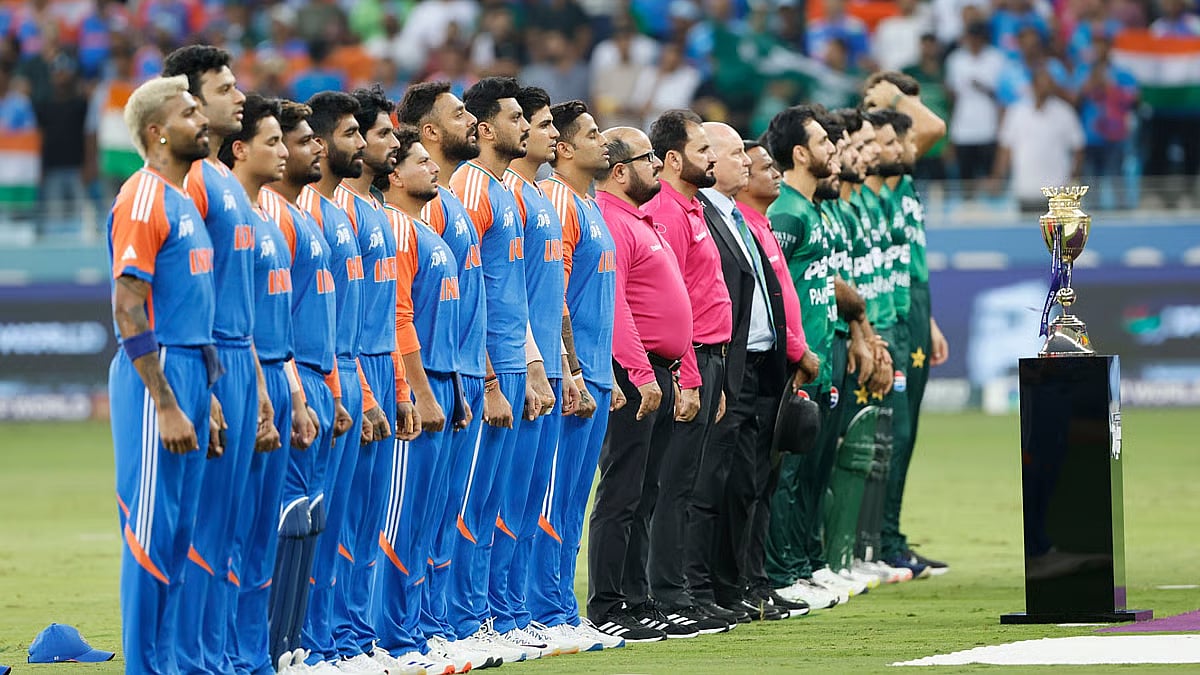It seems unbelievable that a minor clash on the Chinese border should send Narendra Modi’s government rushing to the Russians to expedite promised arms supplies when the real challenge is economic and not military. A higher GDP – and all that prosperity entails – would enable India to resist Chinese encroachments far more effectively than anti-aircraft missiles, additional tanks or fighter aircraft.
The defence minister, Rajnath Singh, who visited Moscow for the Red Square Victory Day Parade – on which our Republic Day parade is modelled – on 24 June to commemorate the 75th Diamond Jubilee of both Nazi Germany’s World War Two defeat and the historic Victory Parade of 1945, also asked for earlier delivery than scheduled. Mr Singh appeared to confirm this when he said, “I have been assured that ongoing contracts will be maintained — (in fact) not just maintained, in a number of cases they will be taken forward in a shorter time.”
However, the emphasis on weapons indicates the limited thinking of Indian policy-makers. India is not fighting an all-out war with China. It does not intend to bomb Chinese cities. Nor does it have to prevent the Chinese from bombing our cities. However significant the setback in Ladakh’s Galwan Valley may seem, India’s real problem is in economics and diplomacy. On the one hand India lags far behind China in every index of growth and development. On the other, Mr Modi’s India has compounded the follies of previous regimes and provoked the anger of even small, vulnerable, landlocked Nepal.
This is not to play down the importance of weapons. No doubt India needs the five regiments of the Russian S-400 Triumph anti-aircraft missile system it contracted to buy for more than US$5 billion when Vladimir Putin visited New Delhi in 2018 and on which it has paid an advance of US$ 800 million. The system is expected to provide heft to India’s reportedly antiquated air defences, while the additional Russian-made Su-30Mki and MiG-29 jet fighters India is also buying are expected to boost the air force’s capability. The IAF is believed to need 10 more squadrons (between 16 and 18 warplanes each) of fighters to supplement the 32 currently in operation.
But the first lesson of the catastrophic humiliation of 1962 should have been that troops, especially in the inhospitable climate and terrain of the forward lines, should be well shod, garmented, equipped and accommodated. This is possible only when – and this is the second most important lesson Mr Modi and his colleagues need to remember – is that our soldiers must be supported by a buoyant economy.
As it happens, the US is against the Russian purchases and has threatened sanctions. But that would not have been the main objection even if New Delhi had not pinned its hopes on Donald Trump issuing a waiver as the Countering America's Adversaries Through Sanctions Act empowers him to do because of his own bitter wrangling with Beijing. The real objection is that anti-aircraft missiles and fighters will not win India’s rivalry with China. They are not of much use in niggling little border skirmishes. In fact, sophisticated military equipment is as useless as resounding clichés like “Make in India”, “Swachh Bharat” and “Aatmanirbhar” when it comes to boosting national courage and giving people the roti, kapda aur makaan they need. Simple growth would be enough.
With a US$ 13.6 trillion GDP, China is Asia's largest economy and the world's second-biggest, ranking just after the US. India is No. 3 in Asia with a GDP of US$ 2.7 trillion. China's GDP is 4.78 times greater than India, and is 2.38 times higher even on a purchasing power parity basis. With a recession evident even before the COVID-19 pandemic pushed unemployment up to 24 percent, and Moody’s predicting that the economy will shrink this year to 3.1 percent the prospect is bleak. Imports slumped in April, exports dropped even more and foreign direct investment plunged to $ 1.37 billion, indicating a 52.5 percent decline. Realism demands we acknowledge that China’s urban development, industrial infrastructure and special economic zones are far superior.
This economic strength is reflected in China’s military might, not the other way round. That would only have invited derision like Germany’s chancellor, Helmut Schmidt, and Henry Kissinger copying Xan Smiley, editor at large of The Economist, to dismiss the old Soviet Union as “Upper Volta with rockets”. China’s US$ 225 billion defence budget is approximately four times the US$ 55 billion India spends on defence only because it can afford it. China has two million troops on active duty (compared to India’s 1.3 million) and a tank strength of more than 13,000 compared to India's 4,100 plus. It also bears noting that China sprawls across more than nine million sq km against India’s three million. It is only demographically that the two countries are comparable and that screams of India’s weakness. It means there is less of everything for more and that India is intensely congested.
Russia is India’s principal defence supplier for historical reasons, accounting for 62 percent of its total weapons imports during the last five years, according to the Stockholm Peace Research Institute. The two countries share a special and privileged strategic partnership, as Russia's deputy prime minister, Yury Borisov, put it after meeting Mr Singh, stressing that “defence is one of the important pillars” of the relationship. It’s also a lucrative relationship for Russia which currently has contracts worth US$ 14.5 billion with India while contracts with China amount to about US$2 billion. But China is the older friend while New Delhi under Mr Modi has been moving closer to the US and Israel for weapons supply and strategic partnership. Also, Russia has always been ambivalent about choosing between India and China.
Not averse to a key role in international diplomacy but without taking sides, Russia’s foreign minister, Sergei Lavrov, did host the virtual trilateral meeting with Subrahmanyam Jaishankar and China’s Wang Yi. “India and China have every means to solve any problems that arise in their relationship,” he said after the meeting. “I don’t think India and China need any help.”
Speeding up the sale of a missile defence system and fighter jets, as Mr Modi wants, would be a political decision for Mr Putin who expedited delivery of the S-400s last year to oblige Turkey’s Recep Tayyip Erdoğan. That was primarily to snub Mr Trump, Turkey being an important member of the NATO defence system. India isn’t as strategically important, and if a waiver is issued in India’s favour, it might offend Russia’s historic partner without substantially benefitting India. Only domestic growth will.
The writer is the author of several books and a regular media columnist.frot










